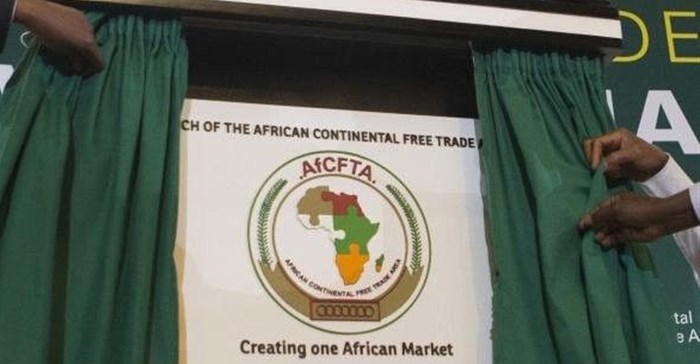
Top stories


Marketing & MediaCammy Msimango on finding her footing in South Africa’s fast-moving digital newsroom
Esther Tomorrow, MDNTV 19 hours




More news




The treaty establishes a free trade area which allows member countries to conduct trade with each other without tariffs or other hindrances. It makes up a market of more than 1.2-billion people, with a combined GDP of more than $ 3.4trn.
AfCFTA’s operational phase will comprise negotiations around important customs and trade issues such as the rules of origin, tariff concessions, payments and settlements, non-tariff barriers, and trade information. Further, the physical infrastructure to ensure actual trade facilitation between the states is still to be put in place and that could take a few years to roll out.
The agreement aims to eliminate tariffs on intra-African trade, reduce unemployment, increase infrastructure development and create a more competitive, yet sustainable environment for cross-border trade. The agreement commits countries to removing tariffs on 90 percent of goods, with tariffs on the remaining 10 percent of "sensitive items" to be phased out later. The "sensitive items" may differ according to each bilateral relationship.
The duties and tariffs that are sought to be eventually eliminated are the charges levied by customs authorities at the border when the goods are imported from one country into another. Excise duties levied by a government on locally manufactured goods should remain unaffected.
Expanded international and regional trade flows have played a significant role in Africa’s rapid growth in recent years. AfCFTA marks another milestone toward deeper regional integration and the quest for stronger and sustained growth. The Economic Commission for Africa (ECA) estimated that intra-African trade should increase by 52.3%, with the elimination of import tariffs and add $70bn to the continent’s GDP by 2040. Currently, trading outside Africa is subject to lower tariffs than the 6.1% tariff imposed on intra-Africa trade.
AfCFTA will result in widespread changes - businesses, traders and consumers in Africa will no longer be constrained by tariffs; and mechanisms will be put in place to assist traders that are burdened by non-tariff barriers. Further, the aim is to preserve existing regional economic communities as building blocs for AfCFTA. As such the Southern African Customs Union, the oldest customs union in the world (established in 1910), will serve to facilitate the implementation of AfCFTA.